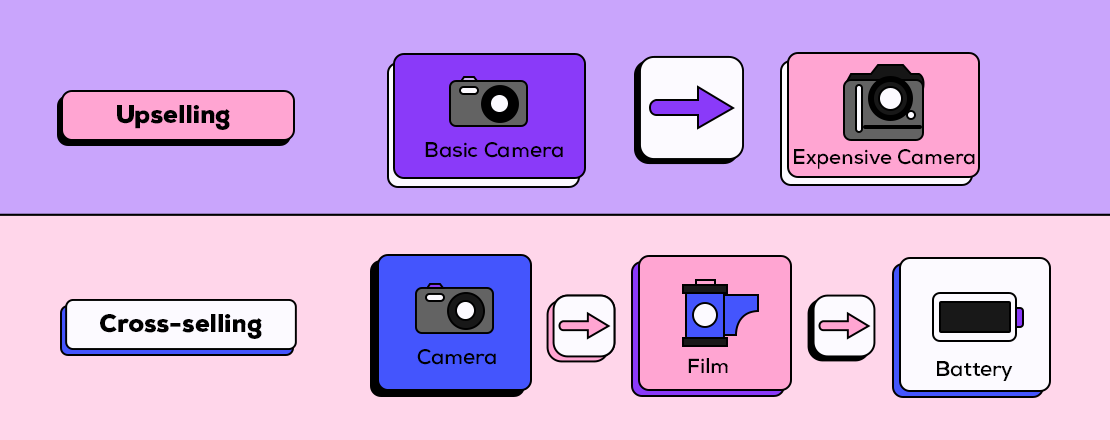Ongoing advancements in the digital lending process have made customer financing needs more complex. With more and more opportunities from online financial services at their disposal, customers now expect faster application turnarounds, more competitive rates, and multiple borrowing options. To keep pace, lenders should consider integrating a loan automation system for point-of-sale (POS) lending.
What is a Loan Automation System?
A loan automation system digitizes and automates all stages of the loan process using cloud and online technologies. Unlike traditional methods, an automated solution is quick, efficient, and eliminates the need for physical paperwork and in-person interactions.
It streamlines the loan procedure by identifying the applications that best fit the lending requirements, thereby expediting the underwriting and funding processes and providing top-notch customer service.
Six Benefits of Loan Automation
In today’s tech-heavy world, consumers expect just about everything to be readily accessible and automated, making an online presence for offering lending solutions a practical necessity.
Providing these services with increasing speed and ease requires a transition from paper-based to automated and digital servicing capabilities. While making this migration requires a significant investment in time and resources, the benefits can be substantial.
Six of those benefits are as follows:
1. Accurate Decision-Making
Automation can improve applicant evaluation and loan decisions. It eliminates manual steps that are more easily completed digitally, allowing companies to direct human expertise where it is most effective.
Examples of those enhancements are as follows:
- Lenders can automate applicant information review by integrating credit data sources and services.
- Pre-established decision guidelines assess applicant data and provide rapid loan approval for well-qualified applicants or deny applicants with poor or no credit history.
- The underwriter has fast and safe access to paper documents converted to digital images, allowing them to analyze applicant information quickly.
- Decision criteria enable a predictable process that eliminates the uncertainty and inconsistency associated with human decisions.
- Decision rule flexibility can direct exception application processing, automating some elements of the evaluation process while outsourcing more difficult choices to expert underwriters.
- Lenders can automatically determine the best loan structures and terms using a combination of decision rules and interaction with credit data sources and services.
2. CRM Functionality
The customer relationship management (CRM) feature makes client data more accessible to lenders. It allows them to retain privileged information, correspondence, and loan information in one place.
As loans progress through the loan automation system, the CRM keeps track of this information, saving time and increasing the overall efficiency of the process.
3. Multichannel for Digital Notification
Lenders can use an automated loan system to develop several notification templates filled out with applicant and loan-specific information before being distributed to customers. They can then use multichannel communication to provide notifications via email, print, and even text messages. These alternatives can significantly reduce printing and mailing costs.
Another benefit of multichannel implementation is the secure, digital record-keeping of notifications. This system is advantageous for establishing regulatory compliance, such as in adverse action letters, but it also saves lenders money and eliminates the dangers of maintaining paper records.
4. API for Data Exchanges
APIs (application programming interfaces) provide significant benefits to lenders and servicers. They boost efficiency, information quality, and the customer experience. APIs also allow users to connect to third-party services effortlessly.
Its ultimate purpose is to assist other programs and applications in managing corporate and local workflows.
5. Cloud Delivery
The user can install a cloud-based loan automation system across several sites in a matter of hours. It provides more convenience, ongoing improvements, and consistency. Approved users can prevent personal information from being stored on non-secured personal hard drives by granting secure access within the system.
6. Analytics for Continuous Process Improvement
Loan automation allows lenders to examine and review their lending procedures.
The process generates a large amount of information on the applicant, underwriting, and financing options.
The lender can divide this data using specialized analytical tools to identify potential areas of improvement. These results show where the lender is meeting expectations, and it can improve its practices and procedures.
More specifically, these analytics can provide the following benefits:
- Identify inefficient, time-consuming manual loan origination steps that can be improved using decision rules.
- Determine the landscapes that provide the best loan possibilities and how you might reproduce your success in other areas.
- Calculate which borrower characteristics positively impact loan performance and identify and accept more applicants with similar characteristics.
- Determine which loan designs and terms minimize default risks.
All lenders should consider making analytics an essential tool for maximizing the value of an automated loan processing system. Analytics tracks your progress and delivers insights to help you increase process efficiency over time. Continuous process improvement is critical in a competitive lending industry to maintain profitability.
Loan Automation Enhances the Financing Process
If a lender relies heavily on customer financing to sell products, it should strongly consider a loan automation system. Loan automation improves the lending process’s quality and consistency, increasing productivity and minimizing unnecessary overhead.
Skeps’ platforms provide you with the technology necessary to automate and streamline your lending process to give the best possible customer experience. To learn more, request a demo or email us at support@skeps.com.
















